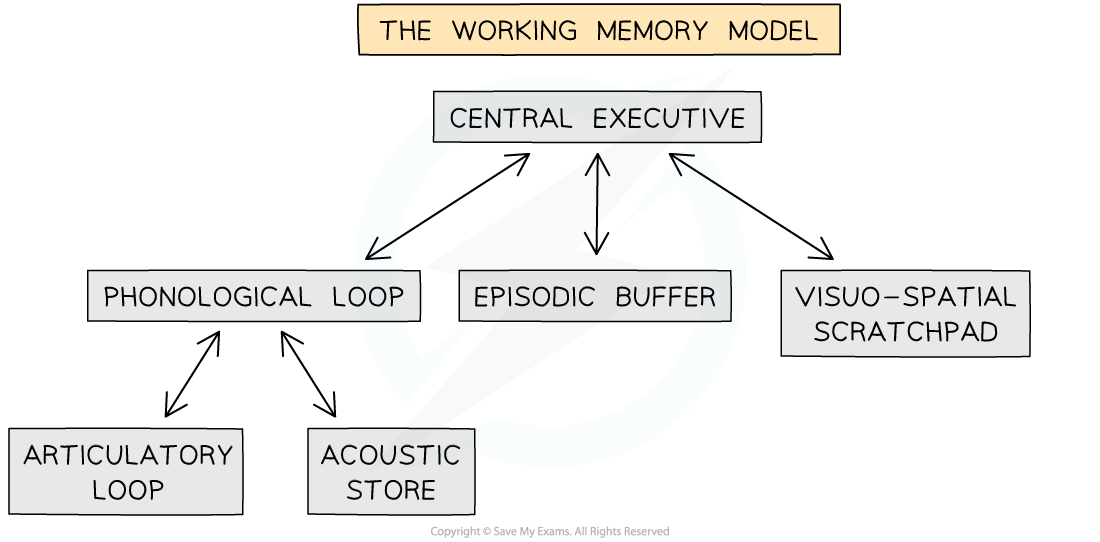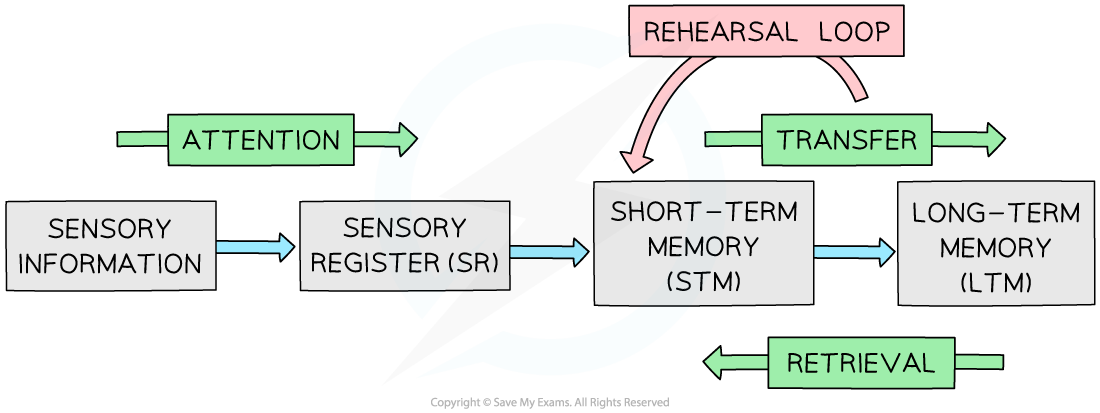AQA A Level Psychology复习笔记3.1.1 Caregiver: Infant Interactions in Humans
Caregiver: Infant Interactions in Humans Caregiver-Infant Interactions in Infants is an often overlooked part of the course but has come up several times as extended answer questions: i.e. 8...









